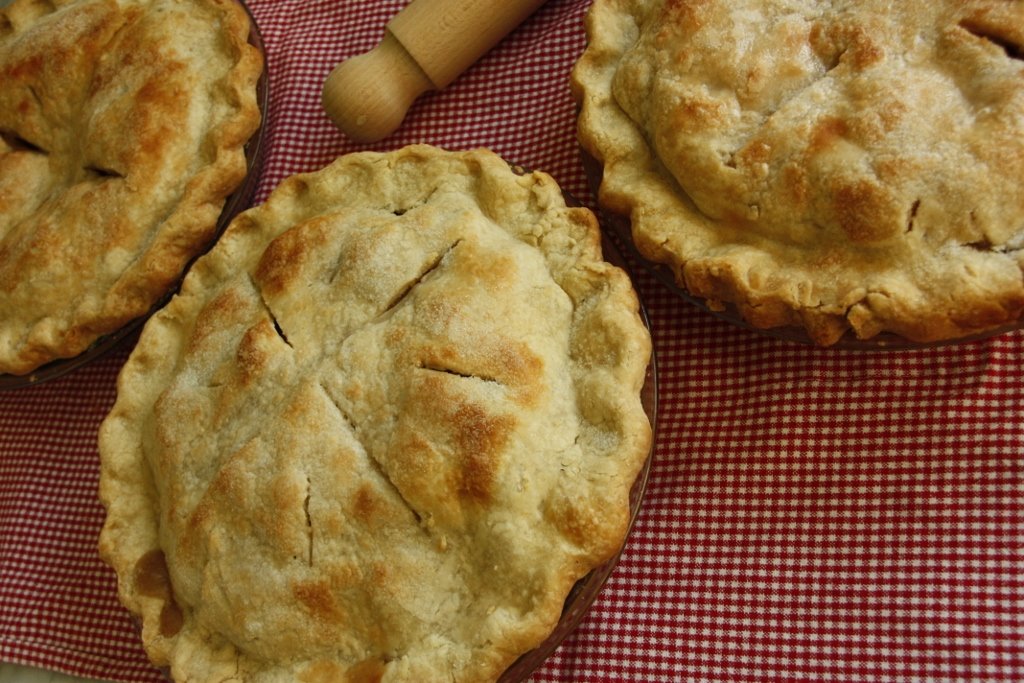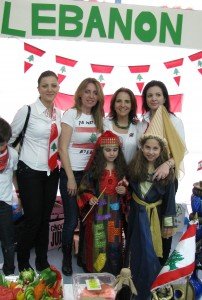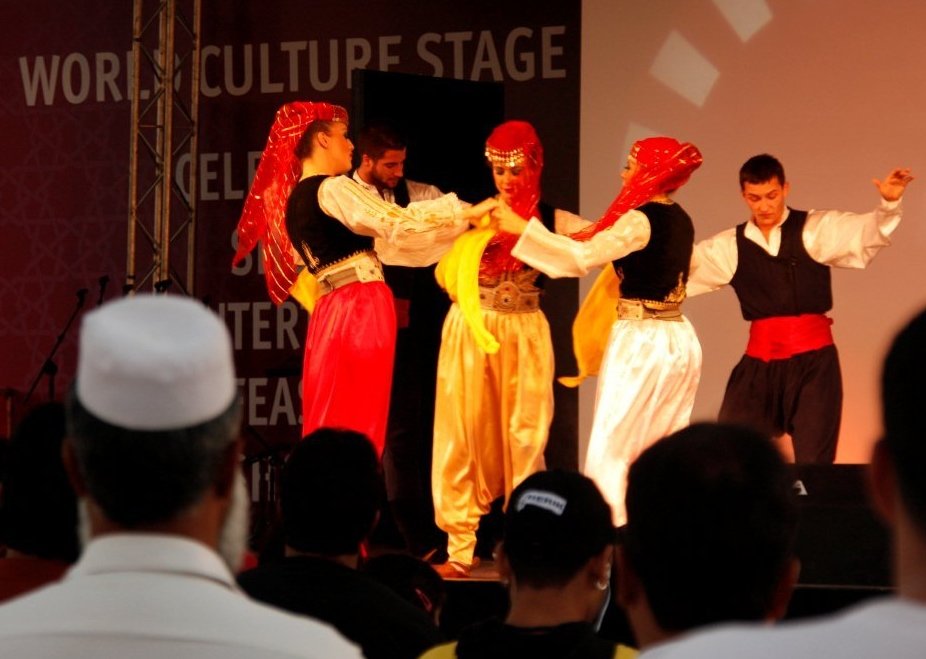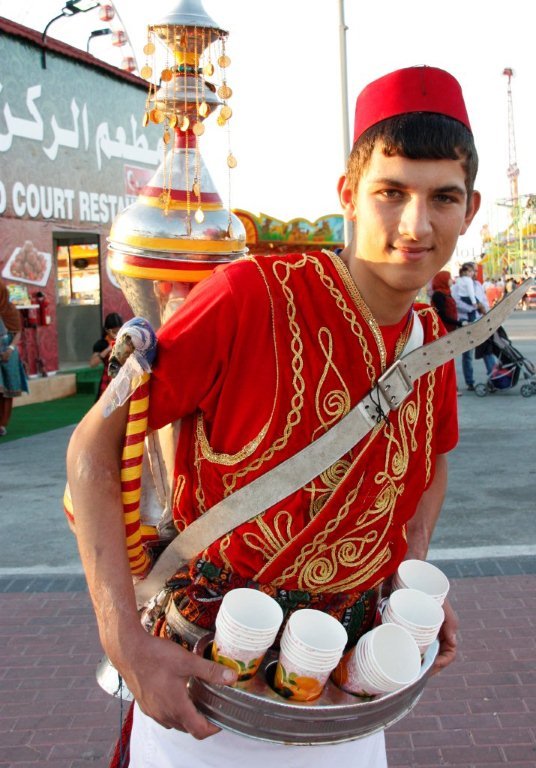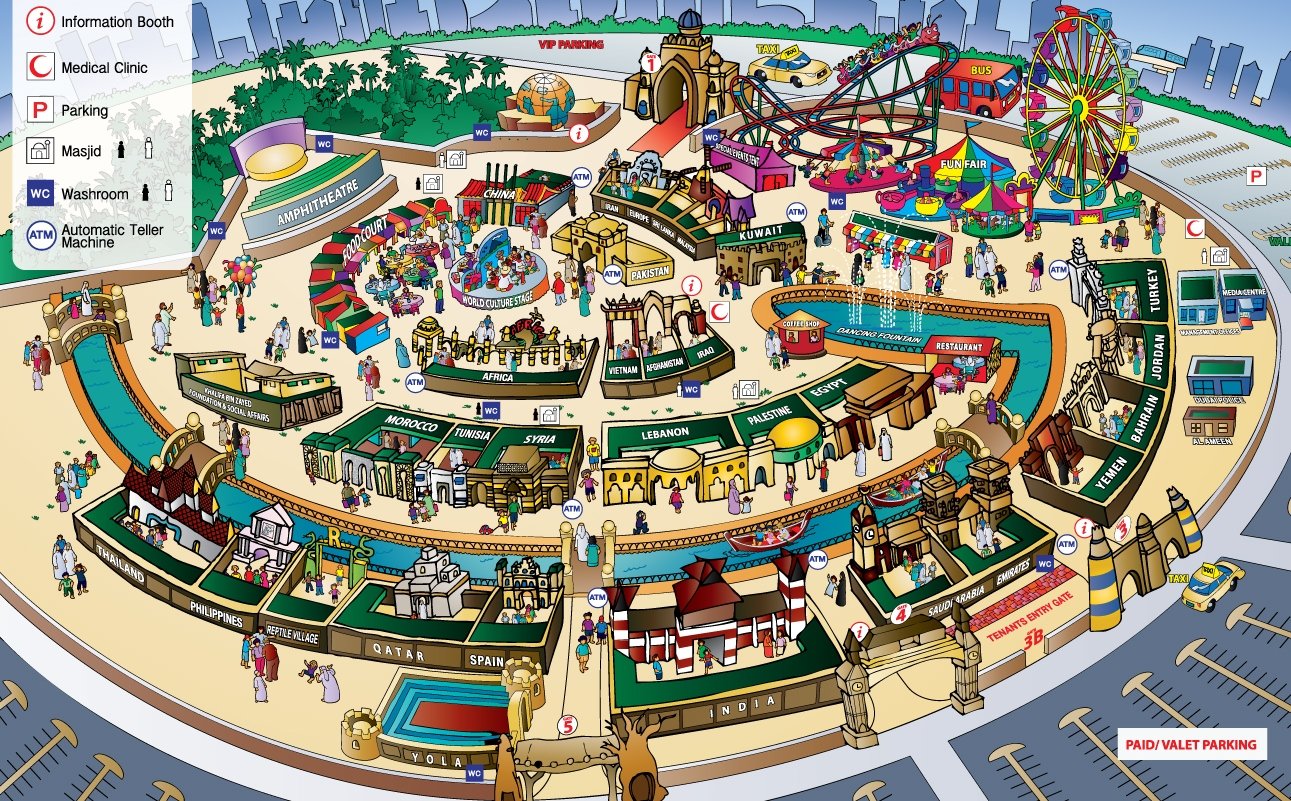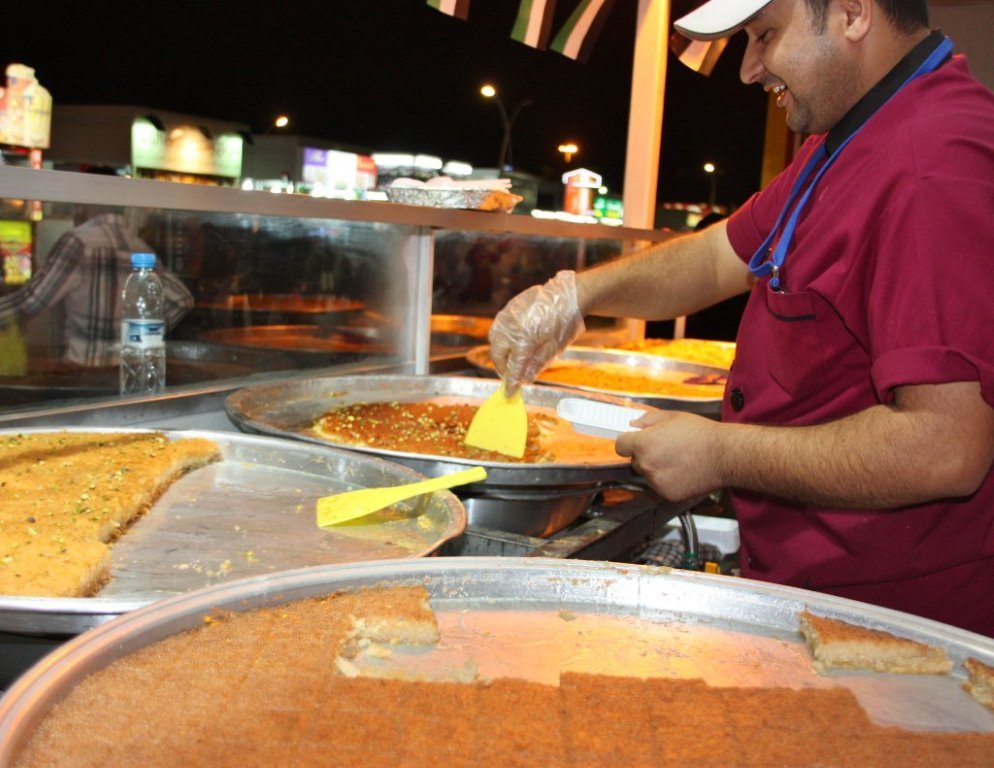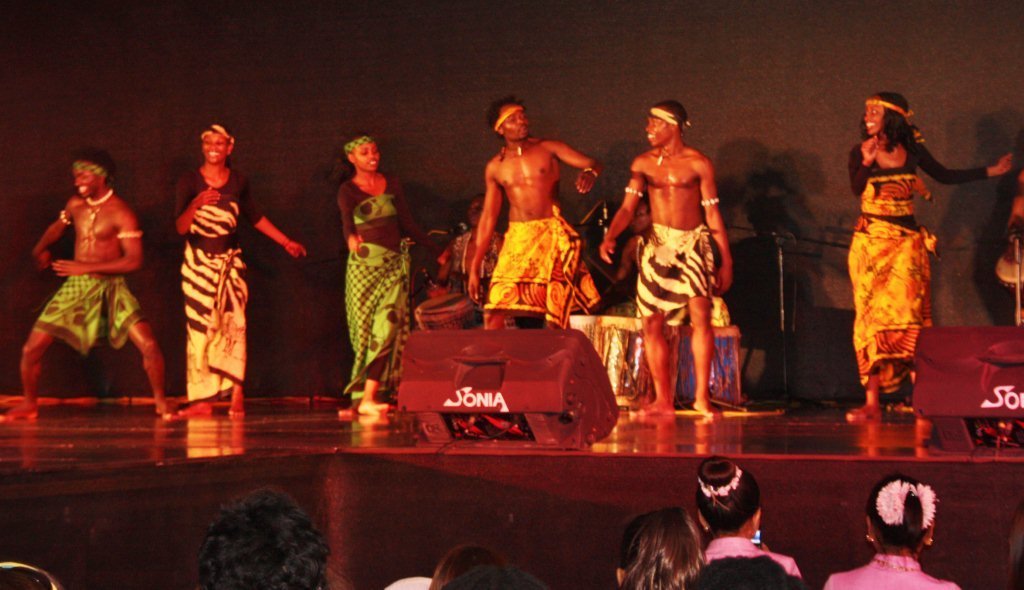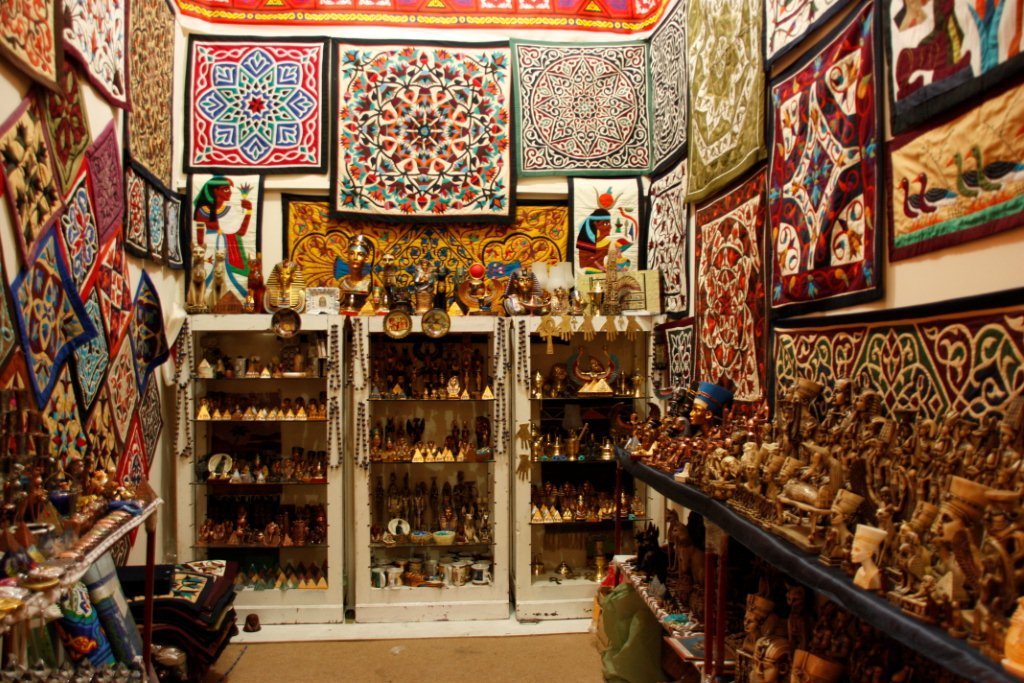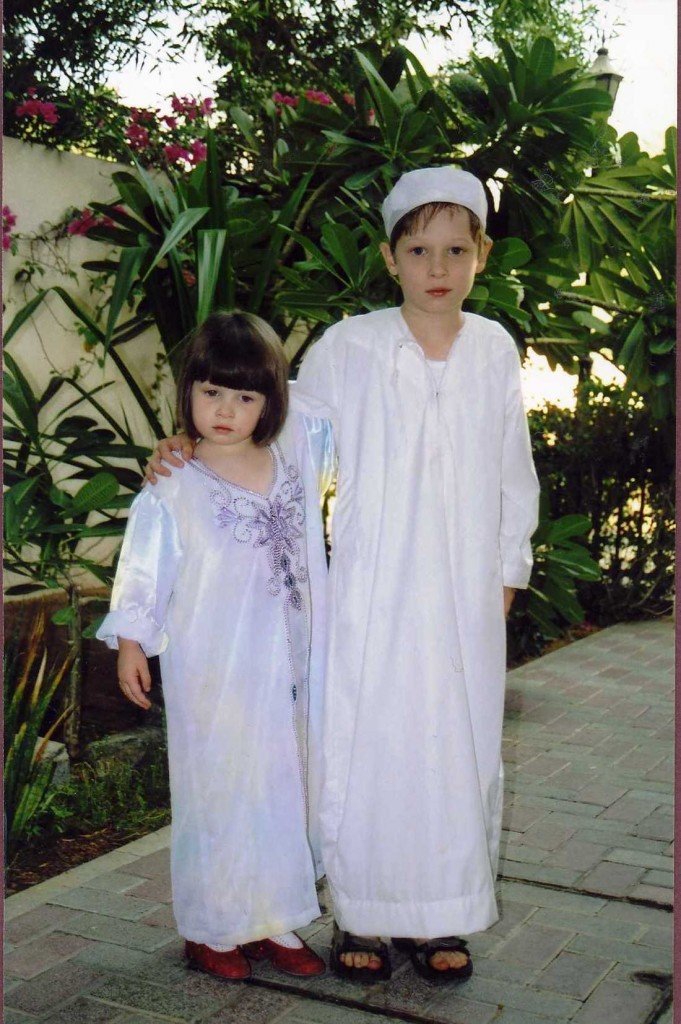It’s That Time Again ~ International Day!
 Oh Boy. Tomorrow’s the day. A day that fills me with both excitement and dread. Fellow Dubai mothers know what I’m talking about. It’s International Day at school, a cultural celebration, relished by children and slaved over by mothers.
Oh Boy. Tomorrow’s the day. A day that fills me with both excitement and dread. Fellow Dubai mothers know what I’m talking about. It’s International Day at school, a cultural celebration, relished by children and slaved over by mothers.
In this case, the event takes place at my youngest child’s school. It’s a day when everyone struts their patriotic stuff, whether they’re from Tunisia, Serbia, Japan, Brazil, Iran or Denmark. About thirty stalls will represent thirty different countries with food, costumes, music, cultural artifacts and educational displays.
Who am I kidding? It’s all about the food.
This year for the USA table, I’m bringing 25 trays of brownies, three apple pies, baskets of red apples, bags of popcorn, as well as lemonade. (Sort of a “county fair” theme—which no one really gets.)
In past years we’ve also served homemade chocolate chip cookies, rice krispy treats, Southwest chili, and hot dogs. No matter what we do, our handful of American moms can never compete with the other countries that offer full buffets of hot homemade dishes or fancy spreads catered by restaurants.
This year I’m manning the table alone (!) so I’m pacing myself. Because two weeks from now I will do it all over again at the high school—a wild free-for-all of teenage eating. At the high school, the food is scooped up so quickly, we can’t put it out fast enough.
But tomorrow’s event is sweet. I cherish the sight of the little kindergarteners dressed in traditional clothing, and I enjoy admiring the other stalls. I will also be handing out handmade Statue of Liberty bookmarks.
However, over the years (especially the Bush years) we at the USA table have endured occasional anti-American comments. Some people don’t comprehend that us volunteer moms don’t set the US foreign policy. So, rather than get into a political debate, I just smile like a lunatic and ask, “Would you like a piece of apple pie?”
So why do I do International Day?
Well. I used to approach it like I was some kind of Food Ambassador, spreading the good will of the US through sugary baked goods. Then last year, at my tenth such event, I got so overwhelmed and burned out that I boycotted the high school international day all together.
I wondered: why do it?
To be honest, I missed it. And my children missed having me there. Parents and students told me that they looked for my apple pie, but couldn’t find it. According to my youngest son, my brownies are “famous” (Betty Crocker, directions on the box).
So, I’ll be there tomorrow, offering the usual sweets. When there’s a lull in traffic, I’ll run over to the Lebanese table for fatayer and to the Korean table for Kim bob and to the Australian table for Lamington coconut cake. I hope the Mexicans will be serving tamales…
Finally, here are some photos from International Day last year—photos that represent a few Arabic counties.
The Lebanon stall:
Some mothers representing Egypt:
The Jordan Table:
An Emirati Coffee Lady serving up Arabic Coffee and Emirati pastries:
Of course, there’s always henna.
Question: What do you do at your International Day?



